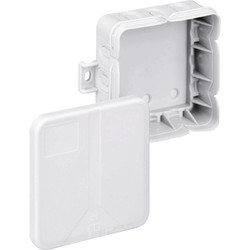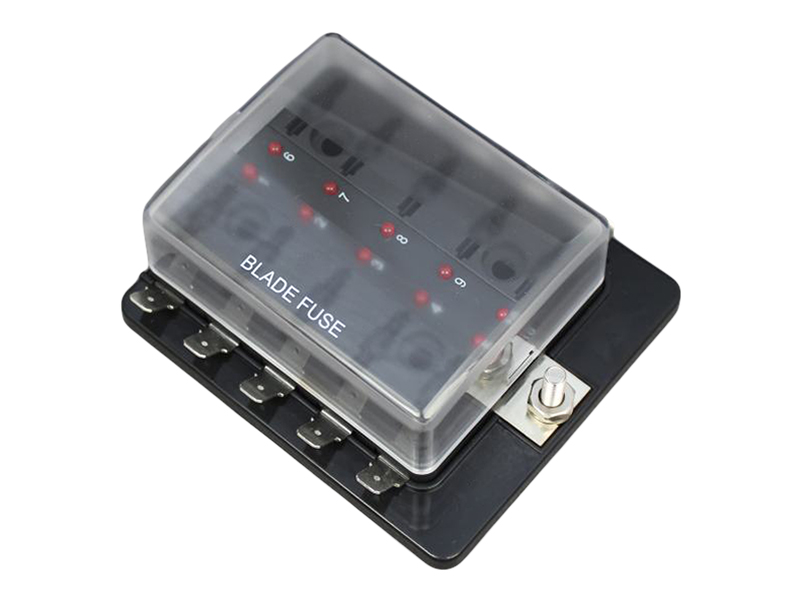- Dec 13, 2018
- 96
- 43
- Funster No
- 57,564
- MH
- Euramobil integra 690HB
- Exp
- Since 2003 camping in works vans
Right, I am finally getting on top of various wiring/electrical issues, but on most of the online wiring diagrams that I seem to be coming across, the wires run from the batteries to a battery buss, which, for all intensive purposes, acts as a negative or positive post for both batteries, and keeps everything fairly neat, and allows for a battery monitor to be fitted etc.
With the electrical set up we inherited, we have a spaghetti junction of various wires attached to each post of either battery, that i am only now (9 months living in the van around europe) getting my head around, and a shunt that gives a permanent reading of -84.0amps.
Would installing busses be worth the effort? Does anyone in a MH use them? Are they just a neat aesthetic or should we be using them as they are safer? If so, I assume the amp rating should equal the combined amperage of the batteries (260a in this case)? What size cable should be used to connect the batteries and the batteries to the buss bar? (at the moment, I think the cables between batteries are smaller than they should be).
Thanks in advance for you advice, I'm trying to get the electrics in order at the same time as installing new solar.
With the electrical set up we inherited, we have a spaghetti junction of various wires attached to each post of either battery, that i am only now (9 months living in the van around europe) getting my head around, and a shunt that gives a permanent reading of -84.0amps.
Would installing busses be worth the effort? Does anyone in a MH use them? Are they just a neat aesthetic or should we be using them as they are safer? If so, I assume the amp rating should equal the combined amperage of the batteries (260a in this case)? What size cable should be used to connect the batteries and the batteries to the buss bar? (at the moment, I think the cables between batteries are smaller than they should be).
Thanks in advance for you advice, I'm trying to get the electrics in order at the same time as installing new solar.




